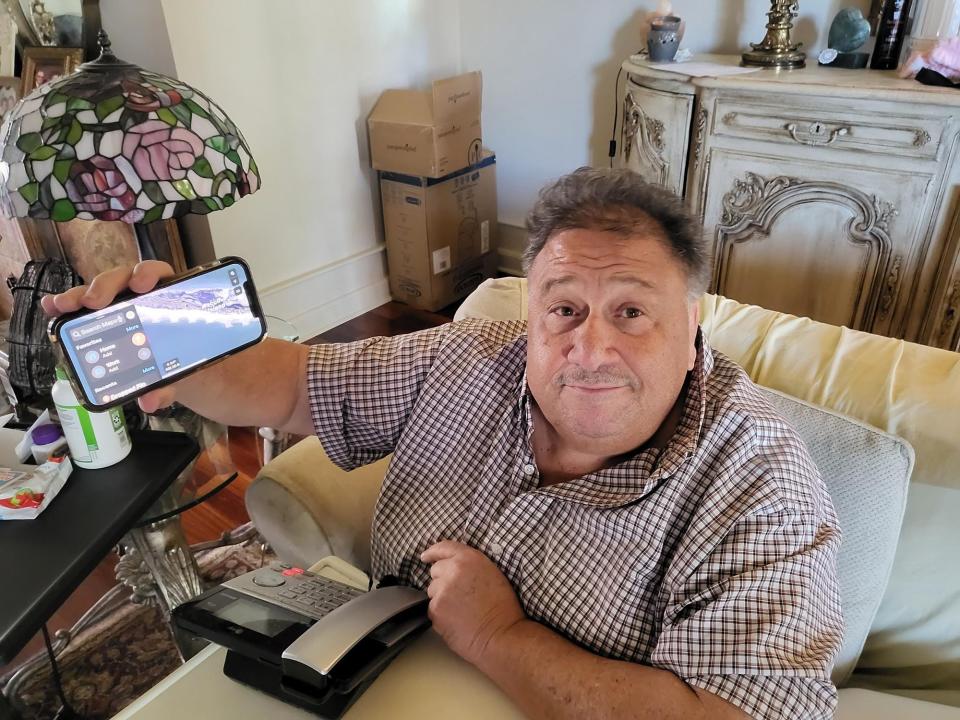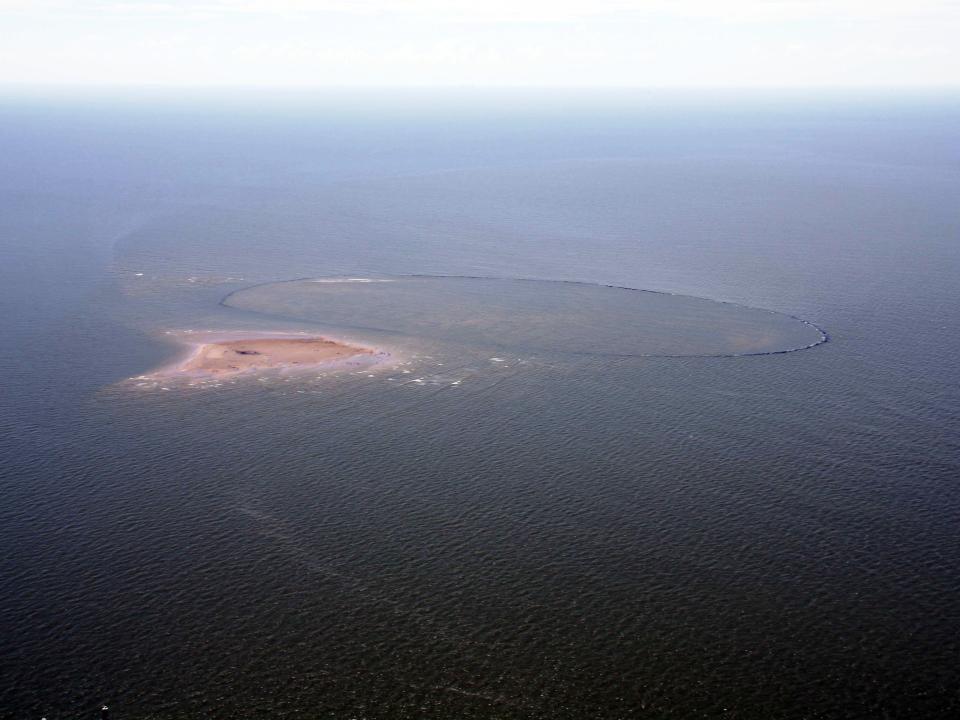New head of coastal protection intends to use rocks to protect Louisiana's Gulf coast
The new coastal protection chairman is a familiar face in Terrebonne, and he plans to use breakwater rocks to defend Louisiana's coast.
Louisiana Gov. Jeff Landry appointed former Terrebonne Parish President Gordy Dove chairman of the Coastal Protection and Restoration Authority. Former Terrebonne Levee Conservation District Board President Tony Alford was appointed chairman of the Governor's Advisory Commission on Coastal Protection on Jan. 31.
The Coastal Protection and Restoration Authority, also known as CPRA, creates an annual master plan for Louisiana's coast, as well as a five-year plan, which is then submitted to the Louisiana Legislature. Dove recently termed out as Parish President. For more than a year he would say he was intending to retire and spend time with his grandchildren. He said the political animal in him won out, and he couldn't turn down an opportunity to defend the coast.
"You know, my children and their grandchildren are going to live in Louisiana," he said. "I'm going to make sure they don't walk under water."

Terrebonne Levee and Conservation District Director Reggie Dupree, who also served with Dove as a state Representative, said it's good for Lafourche and Terrebonne that the two Houma natives are in positions to directly protect the coast.
"I think it's a very very good move for the people of the bayou region," Dupree said. "If you look at the big scale, what we've done in Terrebonne and Lafourche is multiple lines of defense strategy... Now, I think you are going to see it practiced more on the statewide basis."
Dove said one of his major goals for the coast involved putting segmented breakwater rocks throughout the entire Louisiana coast. According to Dove, these rocks have proven effective on Raccoon Island and Grand Isle. The project would cost about $1 billion, he said, and likely take a year-and-a-half before the first rock is put down.

Scientists say breakwater rocks come with both pros and cons. In the short term, they say, the rocks are proven to rebuild landmass by breaking the waves and currents and depositing the sands carried by the water flow nearby. Areas like Racoon Island have proven this aspect out.
The cons are that they can generate undertows dangerous to swimmers, and that they are not natural to the coast. The coast is made up of sand, deposited by the Mississippi River, and the islands tend to naturally move - a phenomena known as "littoral drift." Islands, such as Racoon Island, are supposed to migrate as tidal waters move the sands from one side to the other, biologist Gary LaFleur said.
"An island like Racoon Island, it's supposed to migrate in a certain direction," he said. "If you had a hotel or parking lot on there, that's a big inconvenience, but it's kind of like the way Mother Nature made barrier islands - that's what they are supposed to do."
More: Governor Jeff Landry names team to restore and protect Louisiana's disappearing coastline
More: Lawsuit seeks to overturn Louisiana's new majority Black congressional district
Senior Barataria-Terrebonne National Estuary Program Scientist Andrew Barron said breakwater rocks as a solution are a bit of a "mixed bag." He said it definitely can rebuild terrain in the short term, but instances like Wine Island are a cautionary tale. The island was encircled with rocks to protect it, but battered by Hurricane Issac, the shoal moved from within the rocks, to outside of it. The island ceased to be, but the rocks remained, posing a hazard for boat captains.
Both scientists said the coast needs aid, and couldn't say whether it would be the right or wrong solution. LaFleur compared using the breakwater rocks to medicine, it could be used the way a cast is used for a broken arm, something unnatural used for a short time to repair something natural. With the coastline rapidly diminishing, he said action is needed to protect the people that live there sooner rather than later.
"In a place like Grand Isle, you can't do something academic like I'm talking about, " he said. "Grand Isle has to be saved right now for the people that live there."
This article originally appeared on The Courier: Coastal Protection and Restoration director to use rocks on Louisiana coast

